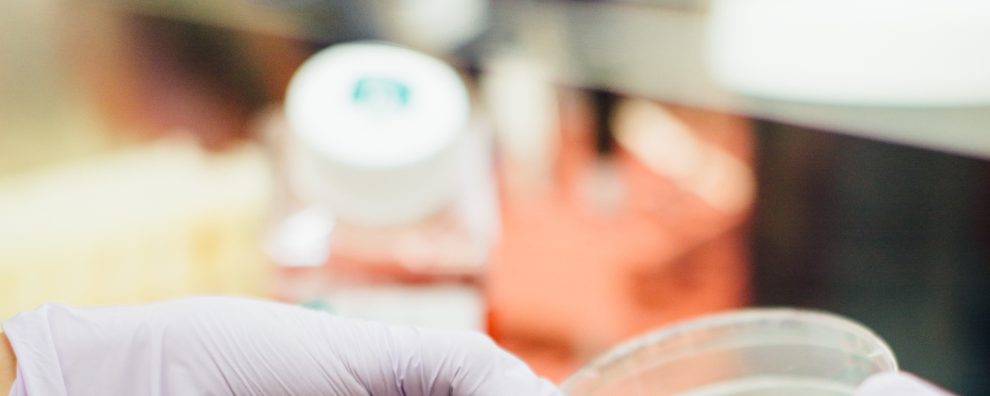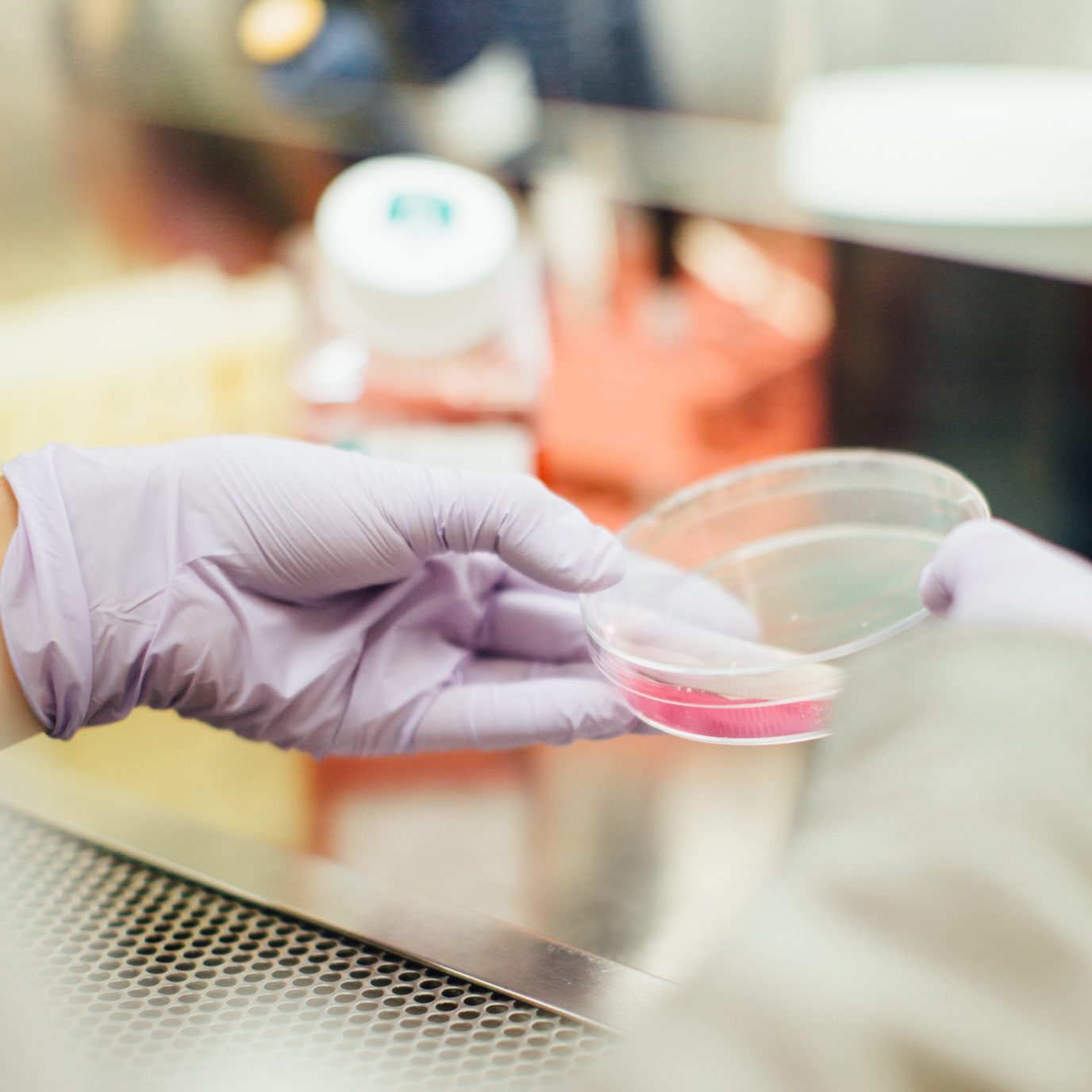 Antibody production
Antibody production
The benefits and limitations of using hybridoma technology to discover new antibodies
The hybridoma technology, first developed in 1975 by Köhler and Milstein is considered one of the greatest breakthroughs in the field of biotechnology. For the past decades, hybridomas have fueled the discovery and production of antibodies for a multitude of applications. Today, scientific and technological progress continues to prompt the reinvention and improvement of this technique for the production of monoclonal antibodies (mAbs). Check our frequently asked questions (FAQs) page about hybridomas for a complete overview of all steps of this robust process for antibody generation.
The discovery of the hybridoma technology
The production of antibodies by plasma cells (also known as effector B cells) has first described by Astrid Fagraeus in 1948. However, these cell lines could not be directly used for in vitro antibody production because they could only replicate a restrict number of times before dying.
It was Köhler and Milstein who first found a solution to this problem.
This solution consisted in immortalizing the plasma cells obtained from immunized hosts. This immortalization was achieved by fusing the short-lived plasma cells obtained from spleen with myelomas (cancer cells), which resulted in a mixture of germlines lines consisting of hybridomas, myelomas and unfused spleen cells and thus required further selection.

Interestingly, myelomas lack the HGPRT (hypoxanthine-guanine phosphoribosyltransferase) enzyme from the nucleotide salvage pathway. Therefore, in the presence of aminopterin, which blocks de novo antibody synthesis, myelomas die quickly because they can only obtain essential nucleotides through de novo biosynthesis.
Although plasma cells don’t share the same limitation, they also lose their ability to replicate in vitro after a few generations. In these conditions, only hybridomas, which contain the genetic machinery of both myelomas and plasma cells, are able to survive and replicate indefinitely.
Hybridoma generation process
These stable germlines, able to generate large amounts of highly specific mAbs, could now be stored and used at researchers’ convenience. This stability has propelled the progress of biomedical research in both academic and industrial settings resulting in the development of many antibodies with therapeutic applications.
Currently, more than 80 antibodies have been approved and are in use for therapy around the world (EMA and FDA), the many of these were generated and humanized from hybridomas.
The generation of antibodies through the hybridoma technology is performed in five steps:
- Development and optimization of the antigen
- Immunization of the host with the target antigen to initiate B cells’ maturation
- Isolation of mature B cells from the spleen and fusion with myelomas
- Screening and selection of hybridomas
- Propagation of hybridomas with highest affinity to the target and purification of mAbs
Benefits of using the hybridoma technology to produce mAbs
- Generation of highly specific mAbs – specific to a single epitope of the target antigen
- Natural affinity maturation – extensive and complex recombination processes occur in vivo ensuring the optimal combination of variable and constant domains. This results in antibodies with very high affinity to the target antigen
- Less labor-intensive and technically demanding than in vitro antibody generation techniques using immune libraries
Integrating the hybridoma technology with new antibody production methodologies
Although mAbs can now be generated in vitro by screening large antibody genetic libraries, the generation of hybridomas remains, to this day a cost-effective way to discover new antibodies for different applications.
However, recently there have been some growing concerns regarding the stability and reproducibility of this method which has hindered their use for large-scale antibody production. For instance, recent studies found that at least a third of clonal hybridoma cell lines contain additional antibody genes resulting in the production of a mixture of mAbs with different affinities to the target antigen.
Hybridomas are also known to undergo genetic drift leading to batch-to-batch variability, or they may even lose antibody genes completely arresting the production of antibodies.
Nevertheless, these limitations can be overcome by integrating hybridomas with recombinant technologies. This can be achieved by performing a robust characterization and development of the genetic information contained by the hybridoma cell lines.
Traditionally, hybridomas and corresponding antibodies were only screened for function before the antibody production stage (e.g. mouse ascites and cell culture supernatants). However, with the rise of low-cost DNA and RNA sequencing techniques, it is now possible to overcome this instability by sequencing the hybridomas and determining the antibody genes carried by each specific germline.
These sequences can then be used for further development of the antibody genes prior to the production stage (e.g. affinity maturation, antibody humanization). The engineered antibody genes can subsequently be used for the construction of DNA vectors and transfection on different expression systems.
These systems are known to be more stable than original hybridoma cell lines and, for this reason, they have been successfully used for highly stable antibody production (e.g. Chinese hamster ovary cells, CHO).
Another important limitation of hybridomas consists in the origin of the plasma cells. Initially produced from mouse cell lines, these antibodies were soon found to have limited therapeutic application due to their high immunogenicity. However, this limitation can be overcome by the development of antibody humanization processes, and the development of transgenic animals able to produce fully human antibodies.
Noticeably, there is little difference in terms of efficiency and safety between humanized and fully human antibodies for therapeutic applications. For this reason, antibody discovery and generation using the hybridoma technology will continue to be relevant in the years to come.
- Antibody therapeutics approved or in regulatory review in the EU or US. Antibody Society. Retrieved from: https://www.antibodysociety.org/resources/approved-antibodies/
- Bradbury, A. R. M. et al. When monoclonal antibodies are not monospecific: Hybridomas frequently express additional functional variable regions. MAbs. 2018; 10(4):539–546. doi:10.1080/19420862.2018
- Brüggemann, M., et al. A repertoire of monoclonal antibodies with human heavy chains from transgenic mice. Proc Natl Acad Sci U S A. 1986;86(17):6709-6713. doi:10.1073/pnas.86.17.6709
- Fagraeus, A. Antibody production in relation to the development of plasma cells. Acta medica Scandinavica, 1948, Suppl. 204: 122.
- Kaplon, H., Reichert, J. M. Antibodies to watch in 2019. MAbs. 2019; 11(2):219-238. doi: 10.1080/19420862.2018.1556465
- Stacey, G. N., et al. DNA profiling and characterization of animal cell lines. Methods Mol Biol. 2014;1104:57-73. doi:10.1007/978-1-62703-733-4_5

